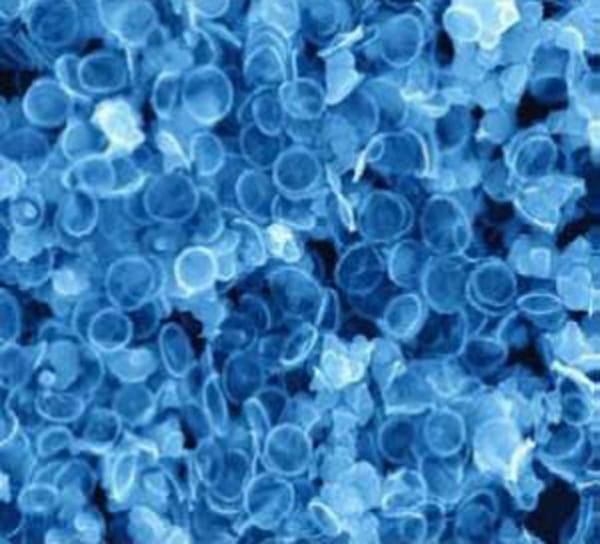AC-ESTEM Tech Allows Visualization of Atoms in Live Catalytic Reactions

The researchers at York JEOL Nanocentre at the University of York have developed a technology that allows them to visualize atoms, small clusters and nanoparticles while they are undergoing reaction. This breakthrough technology will be instrumental in understanding the reaction dynamics of catalysis and other reactions involving nanoparticles.
In a collaborative research project involving various departments of the University of York, the European Union and JEOL, a leading electronic optics manufacturer has developed this novel atomic resolution in-situ Aberration Corrected Environmental Scanning Transmission Electron Microscopy technology (in-situ AC-ESTEM technology). This technology is developed to study catalytic reactions in realistic reaction conditions , which until now was not possible.
Until now, the conventional practice has been to observe idealized systems under vacuum conditions to study industrial catalytic processes instead of examining them in actual gas environments where it really takes place as it was not easy to observe reacting atoms in real-time. But with the advent of in-situ AC-ESTEM technology, it will now be possible to observe in real-time the atoms, small clusters and nanoparticles in experiments taking place under controlled gas reaction environments at initial operating temperatures of up to 500oC under transient reaction conditions. The researchers have already put this technology to use by imaging individual platinum atoms on carbon supports in a catalyst under controlled reaction conditions. This research is reported in the Journal Annalen der Physik.
Earlier this year, a group of researchers from University of California, Berkeley had used an AFM based imaging technique they had developed to successfully visualize a carbon molecule rearranging its bonds. This act was caught on a single atom resolution image. More information is available here.
Source: The University of York

